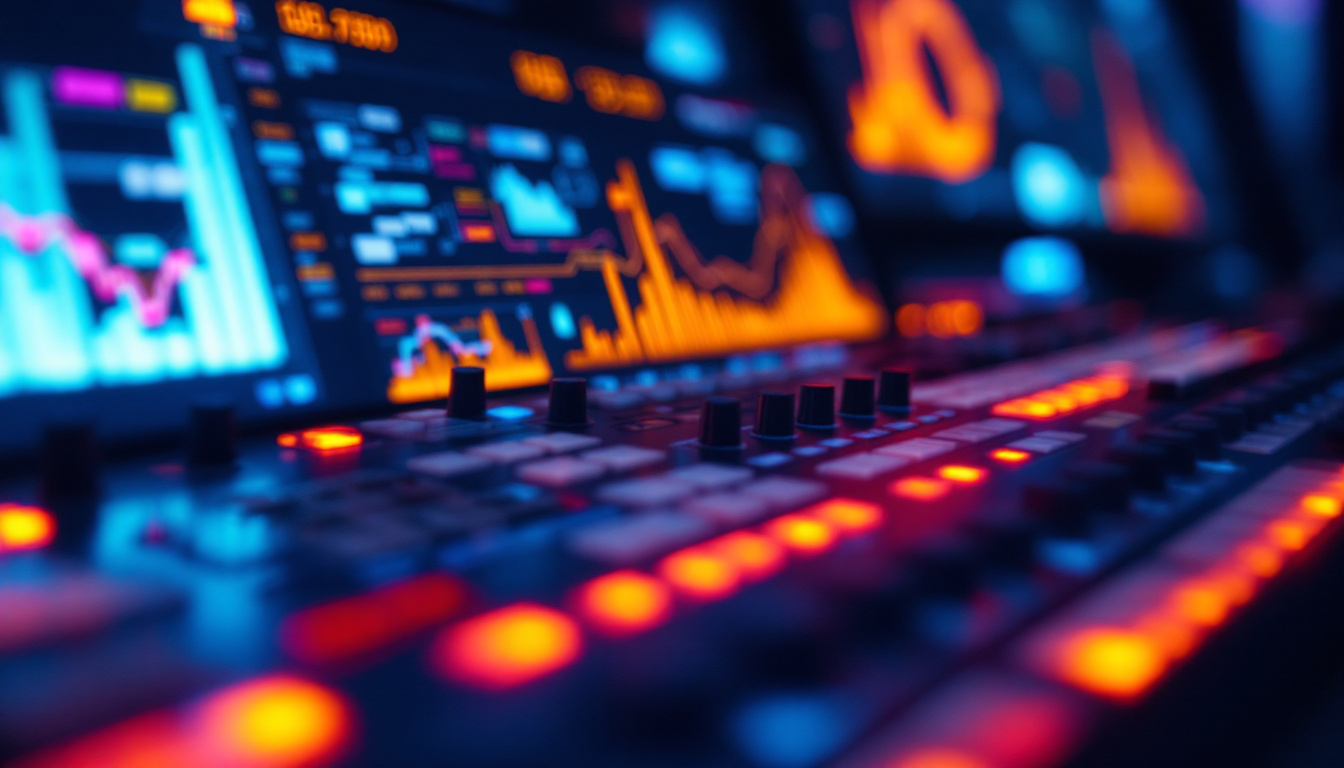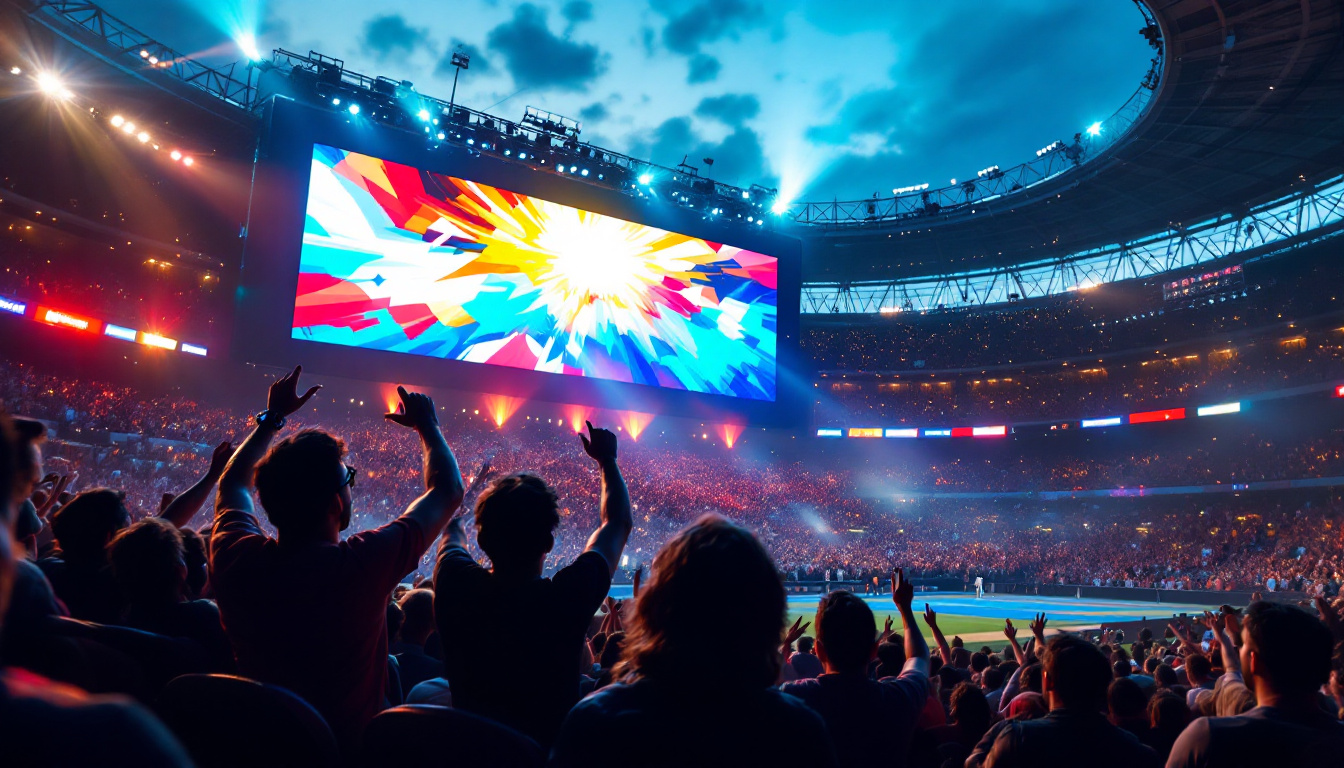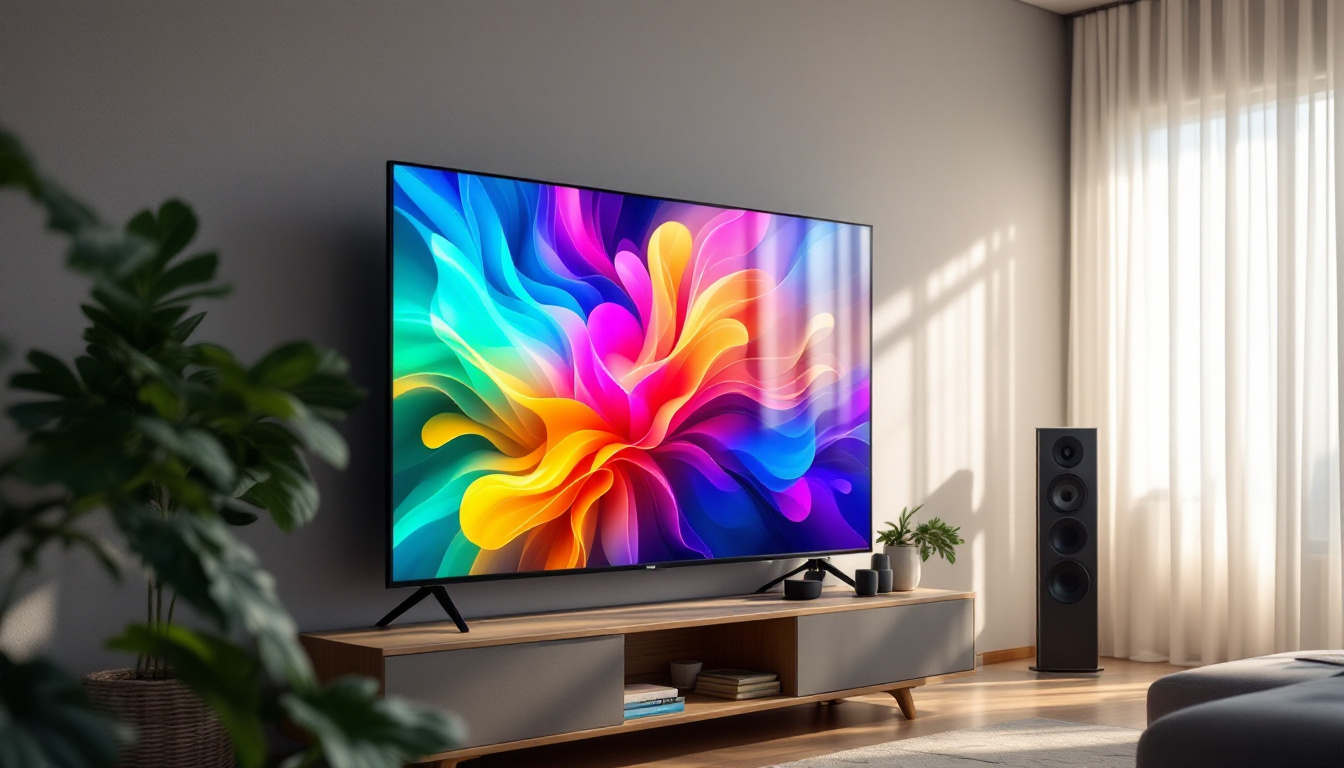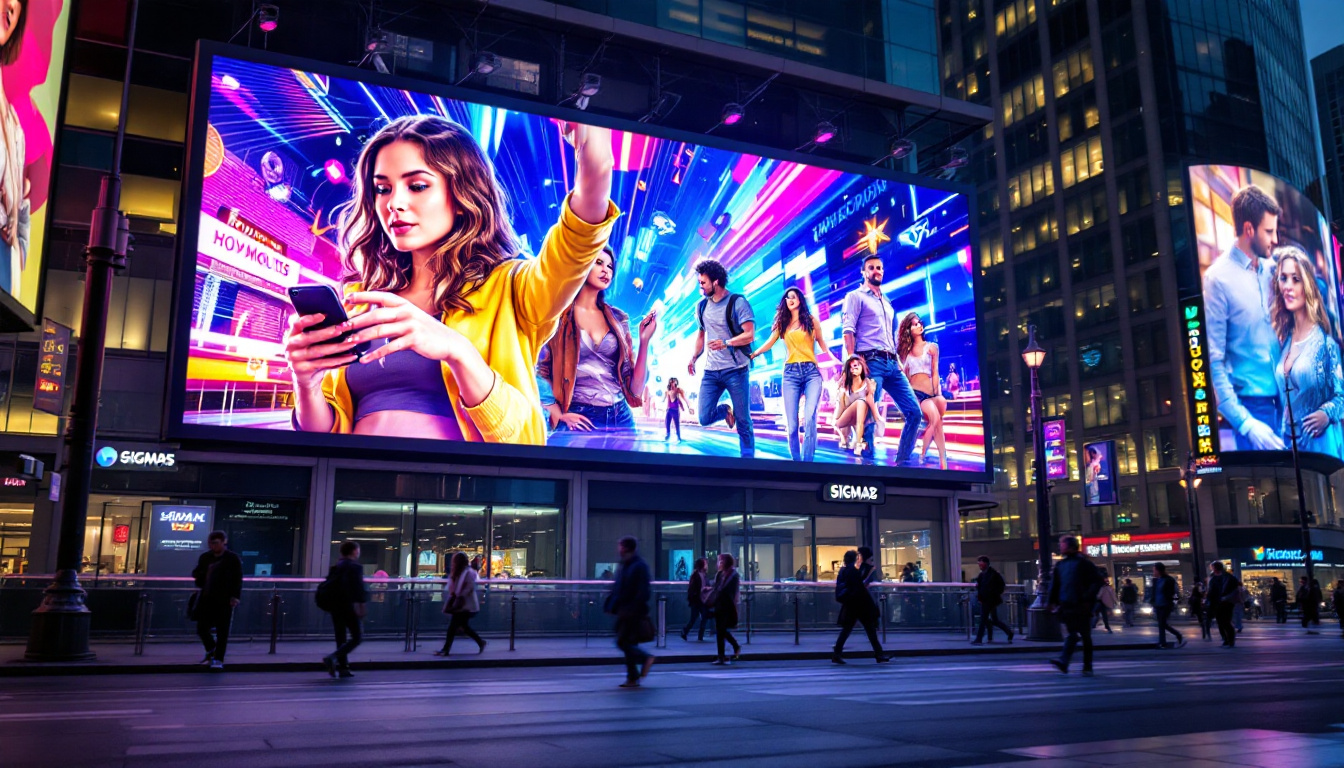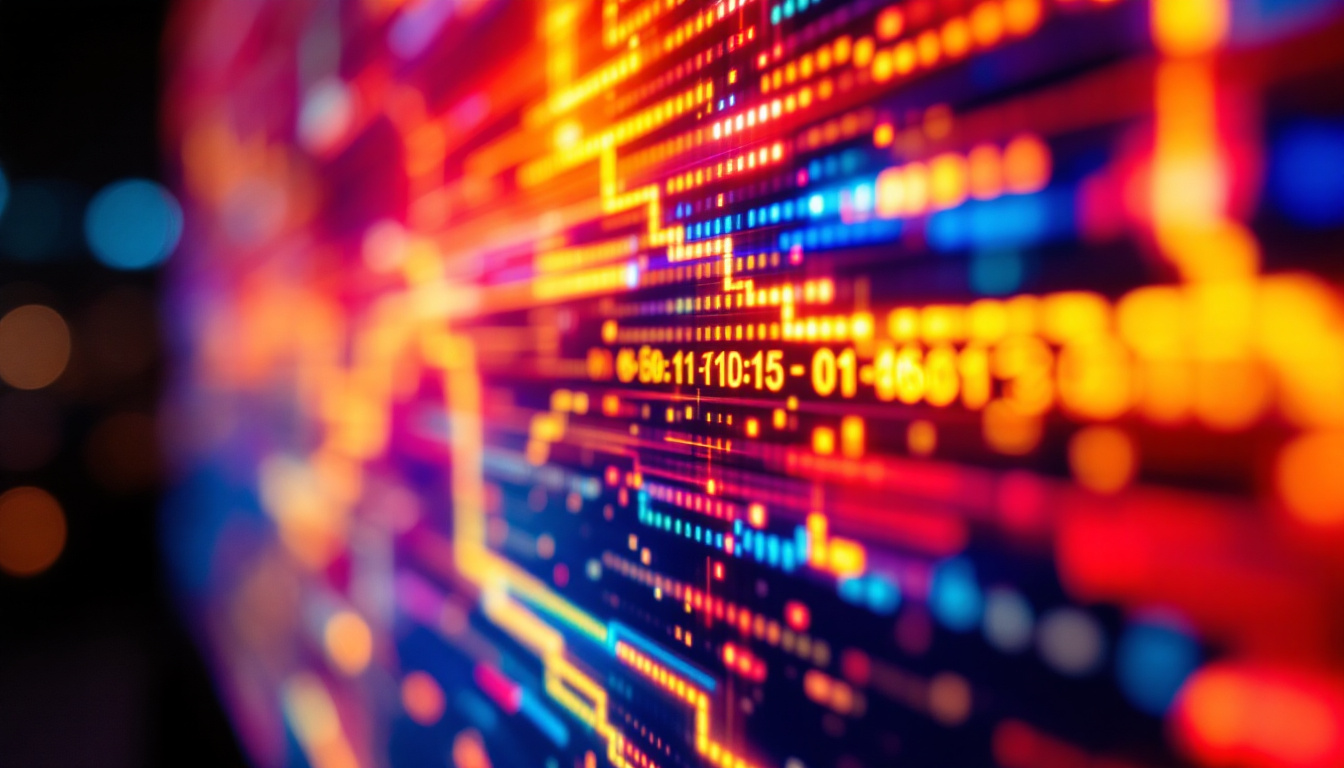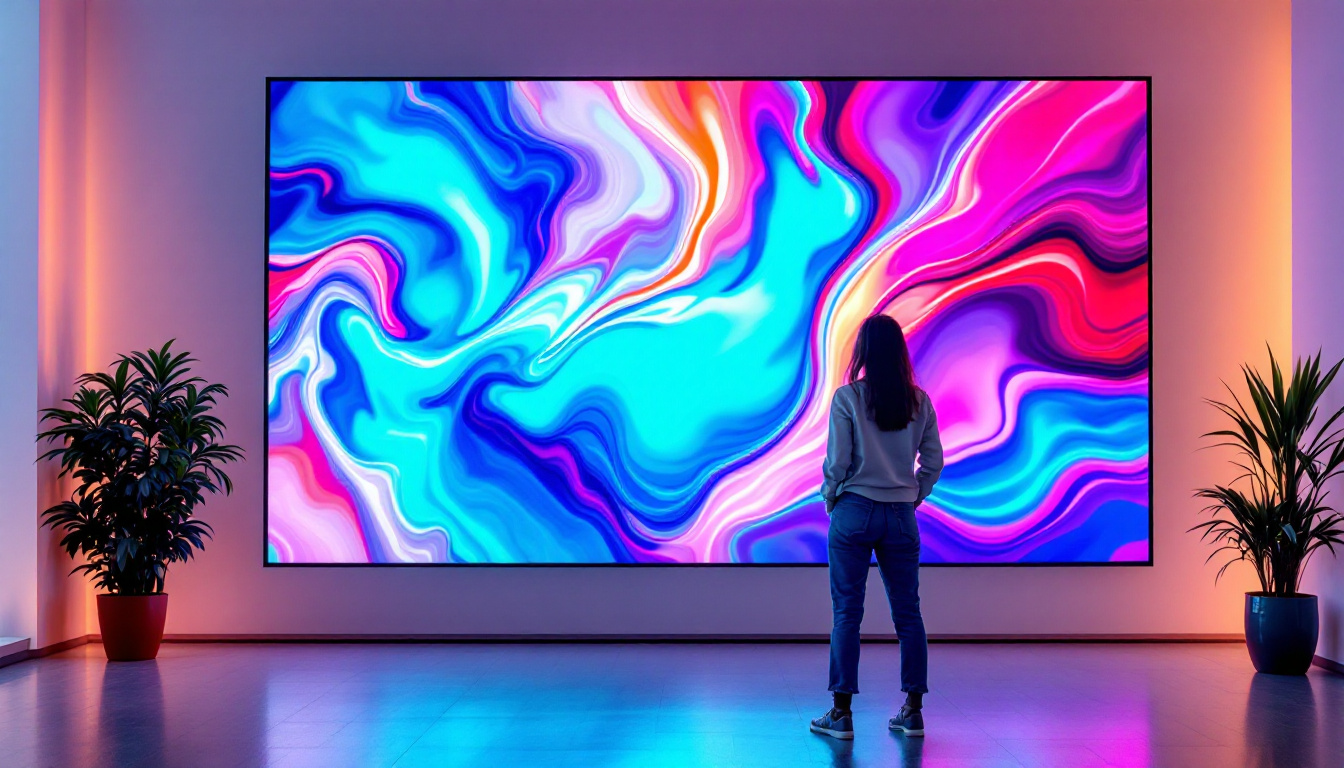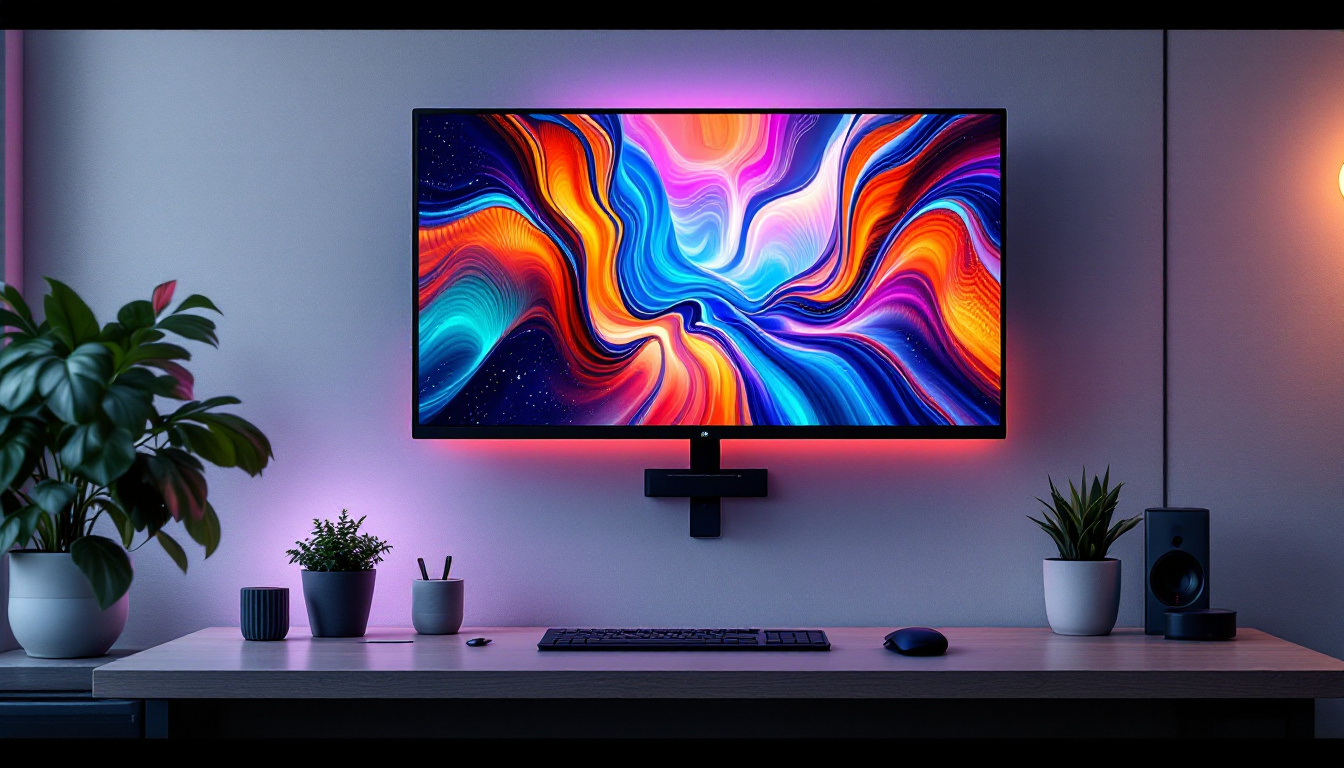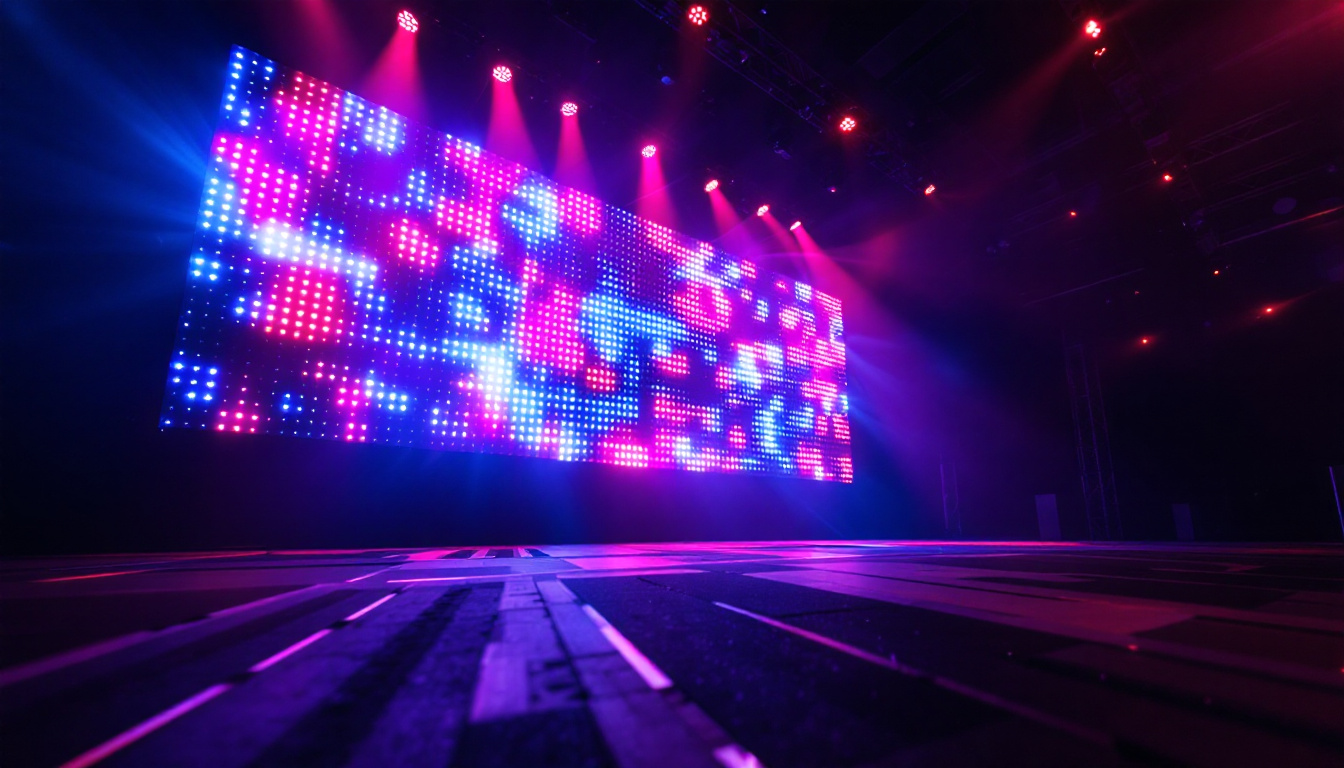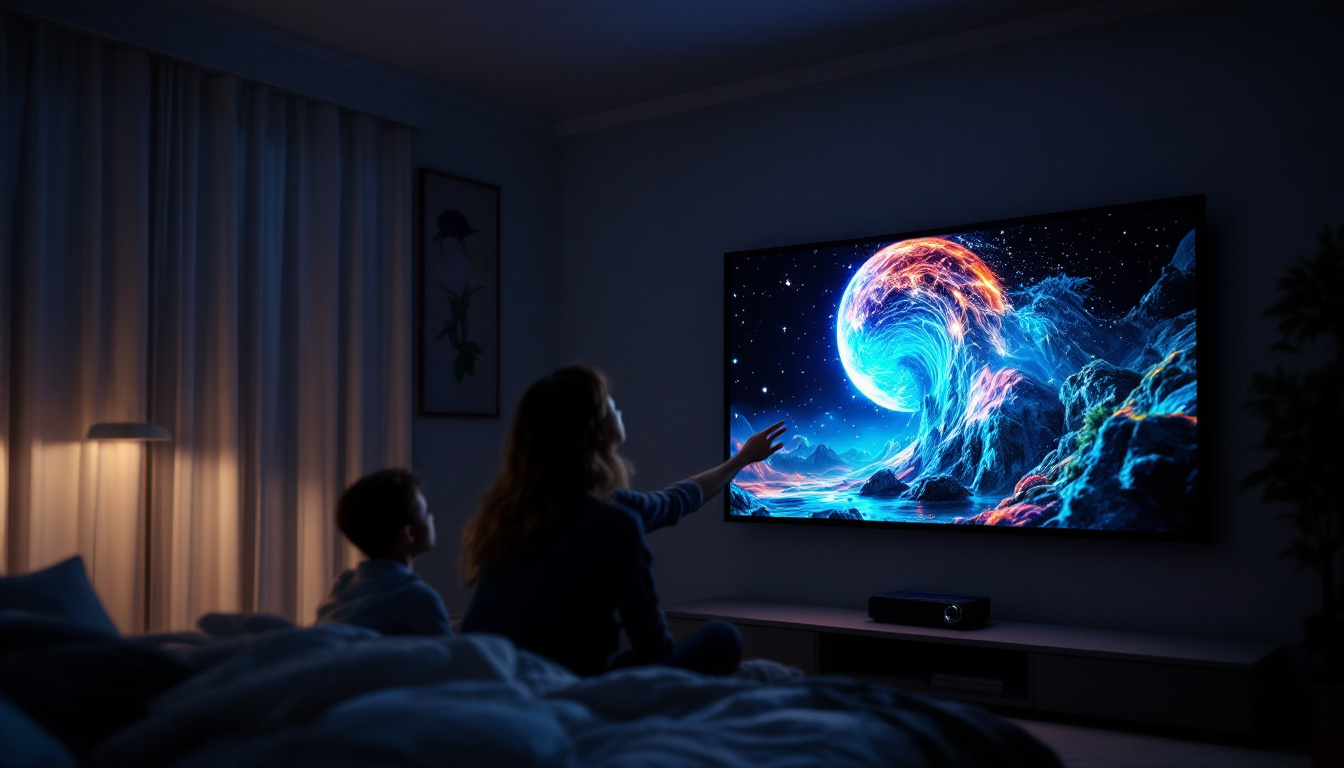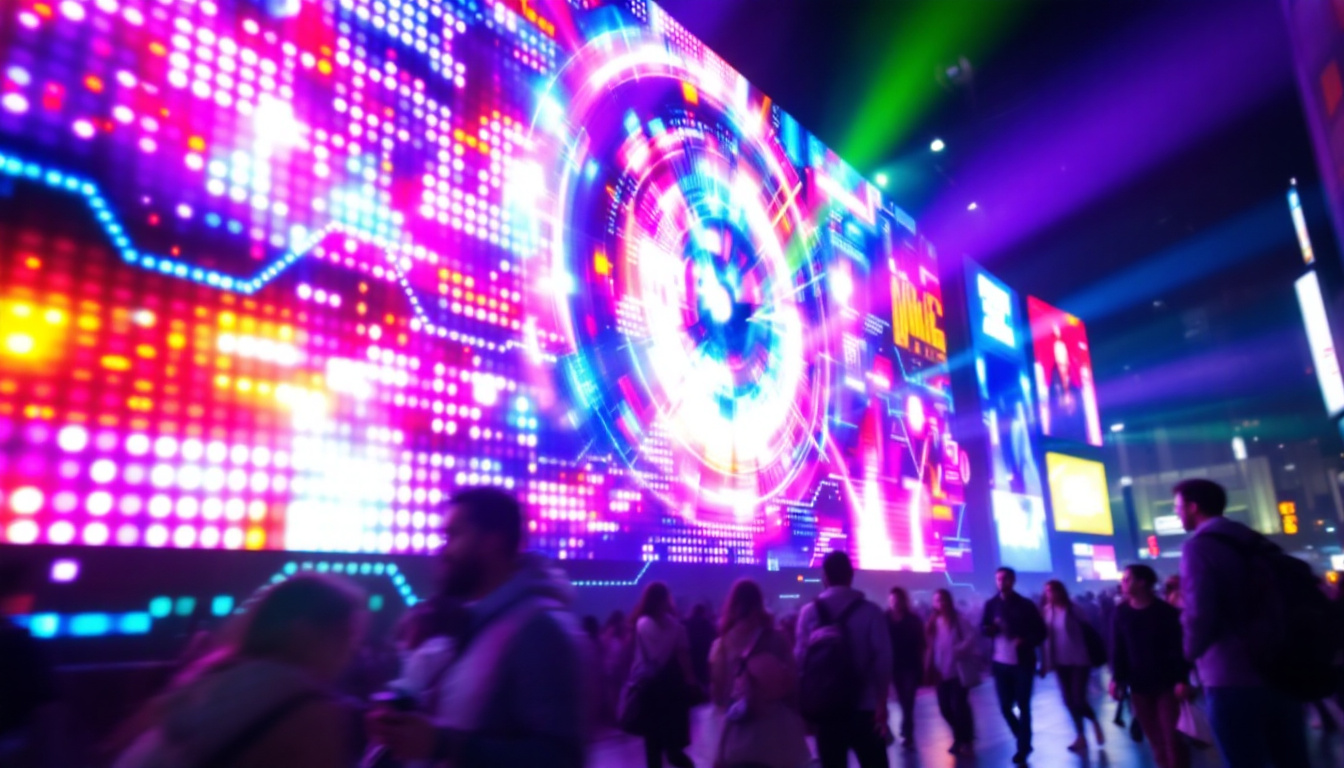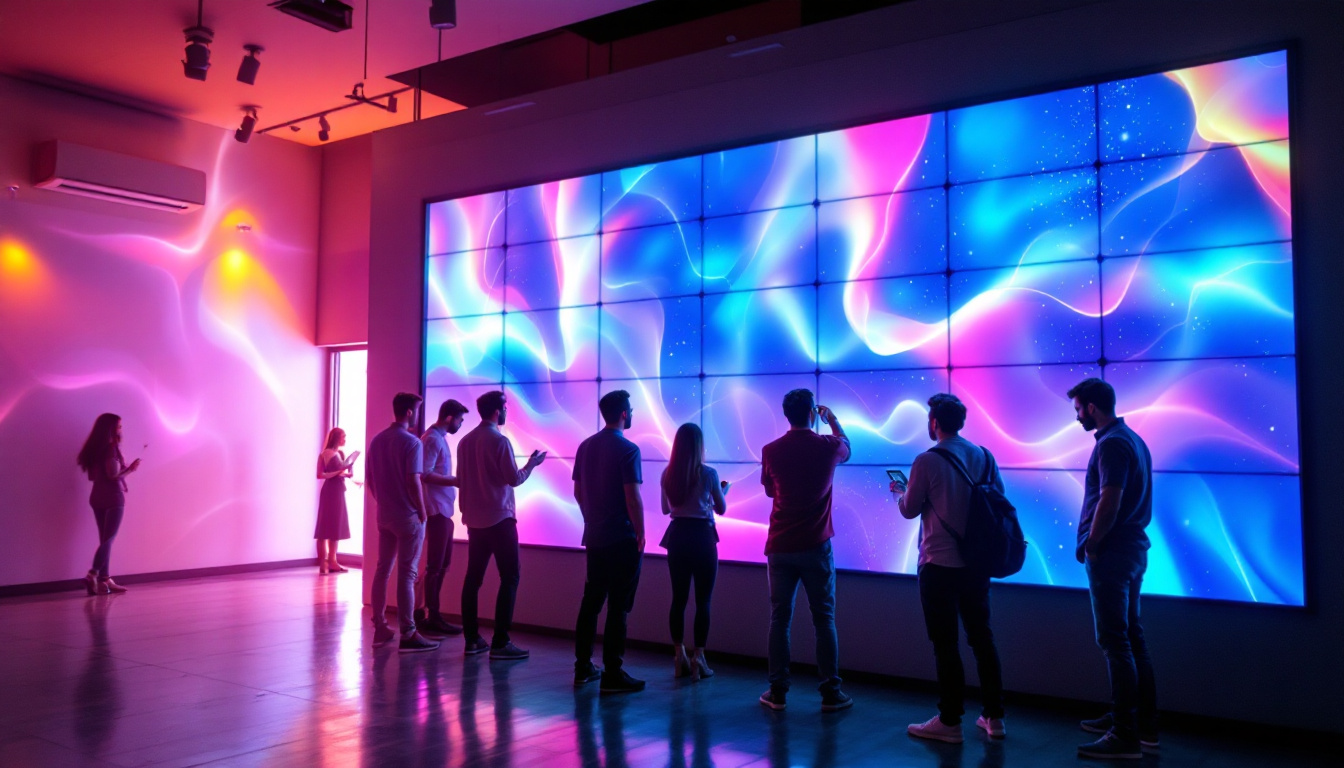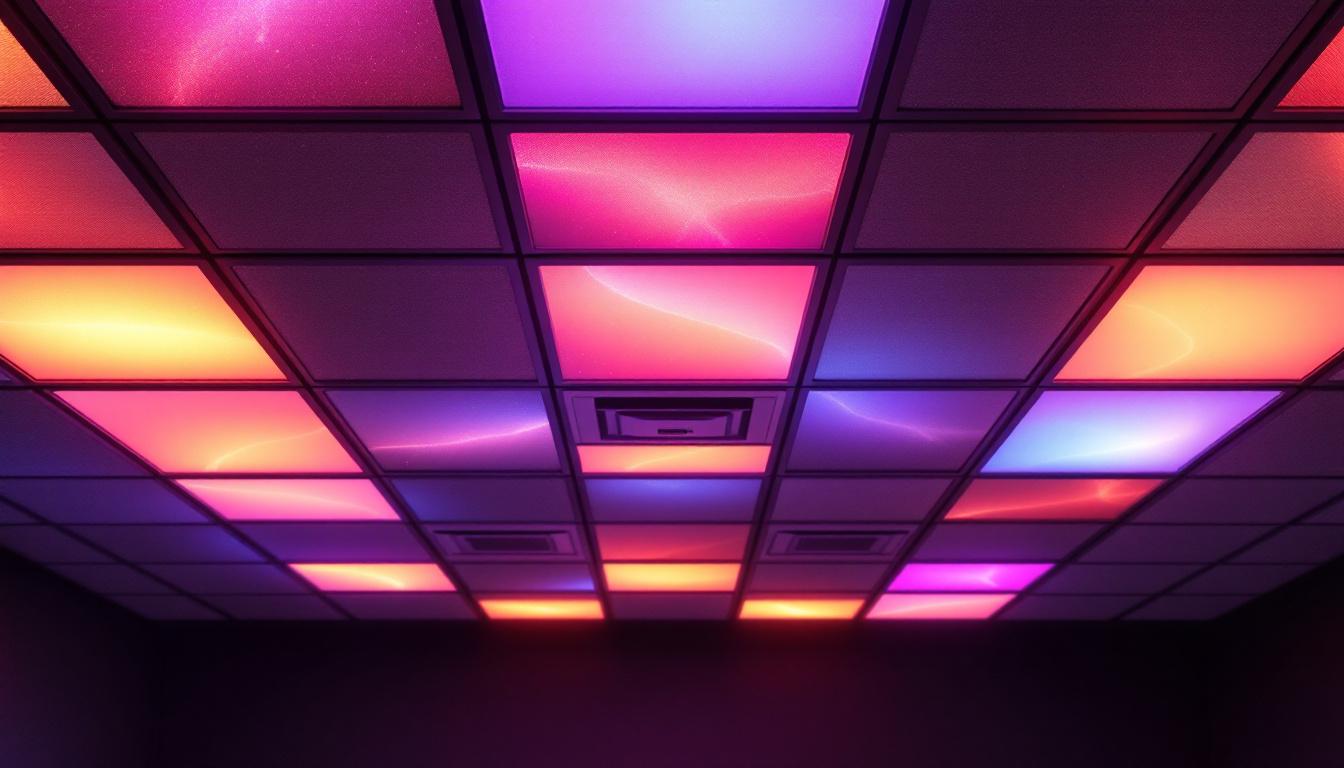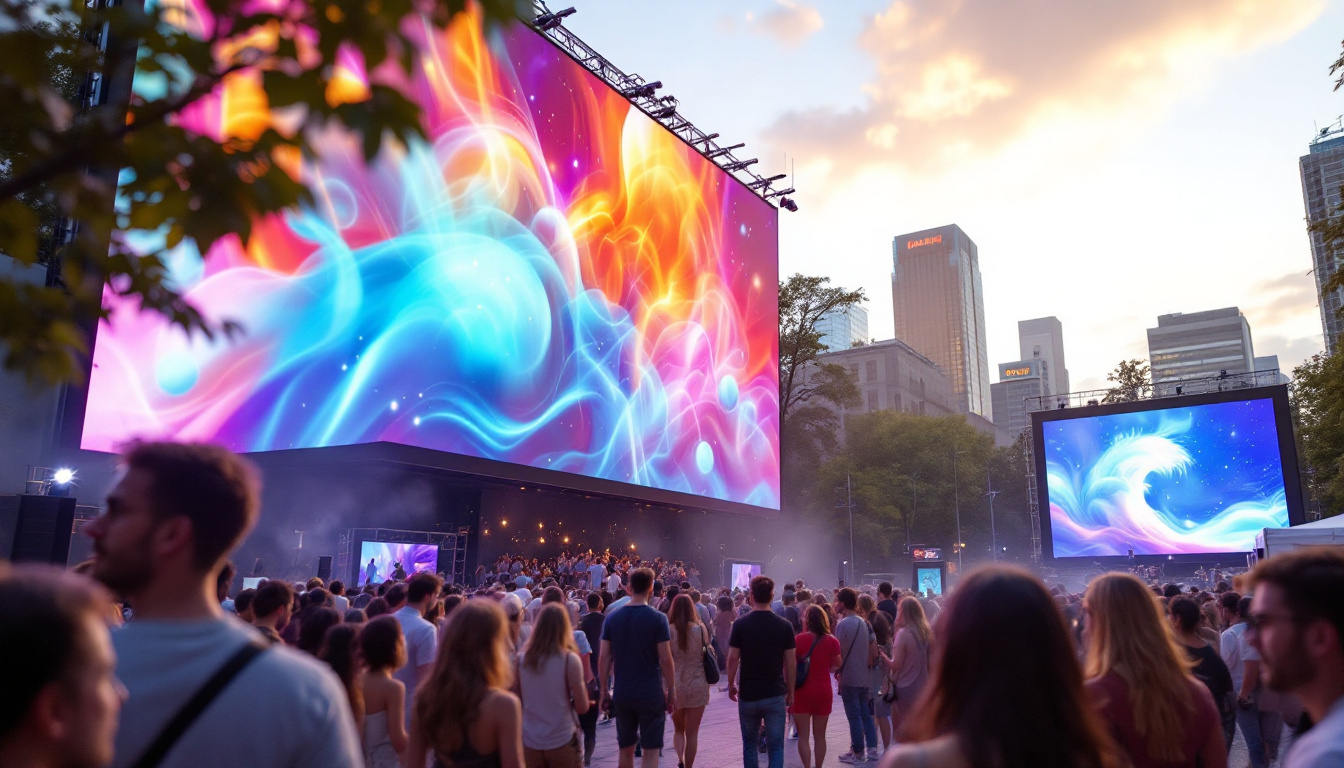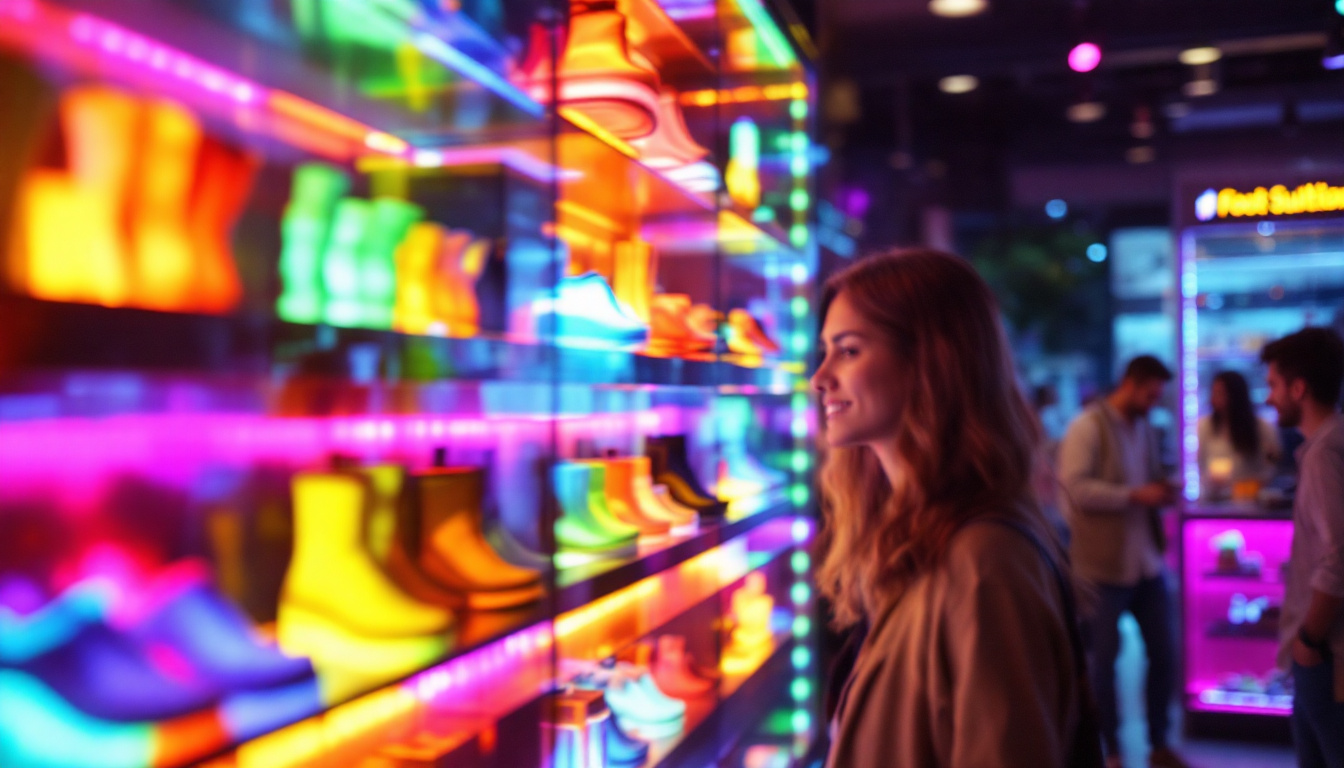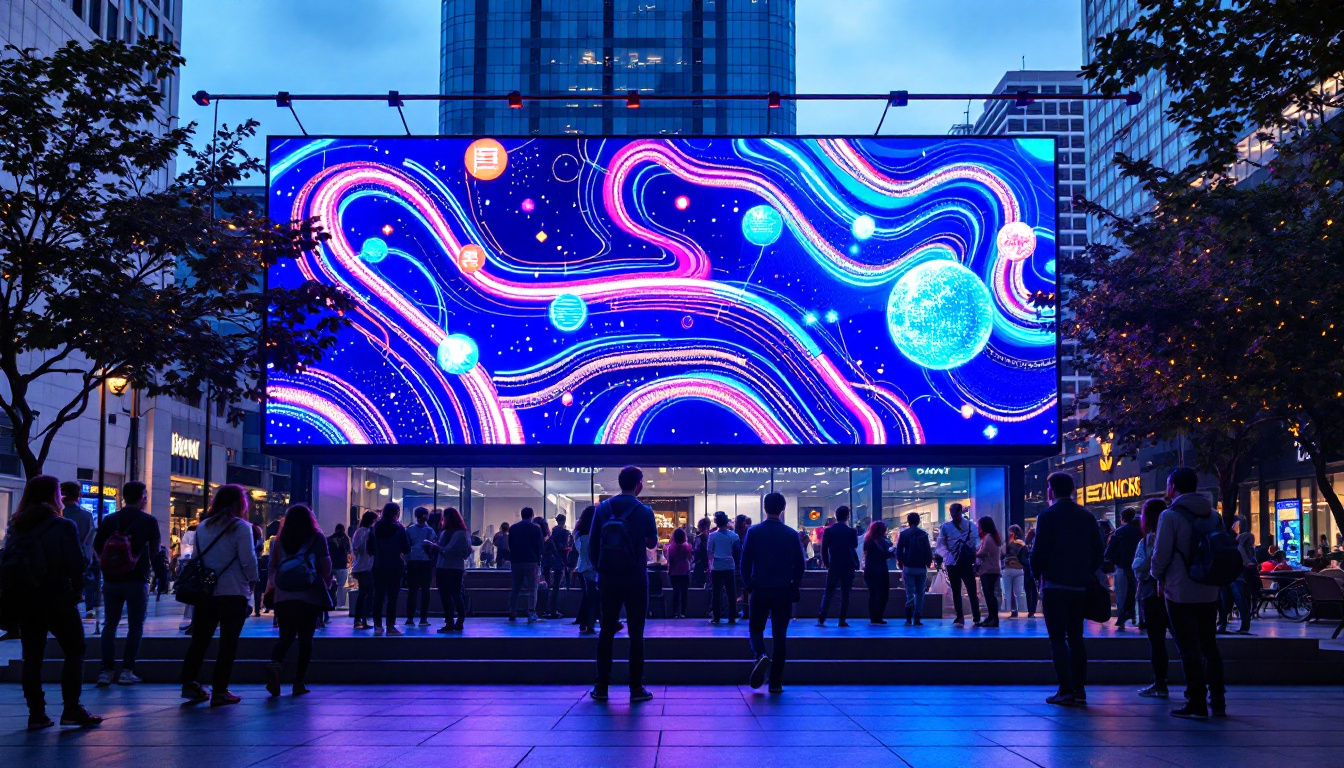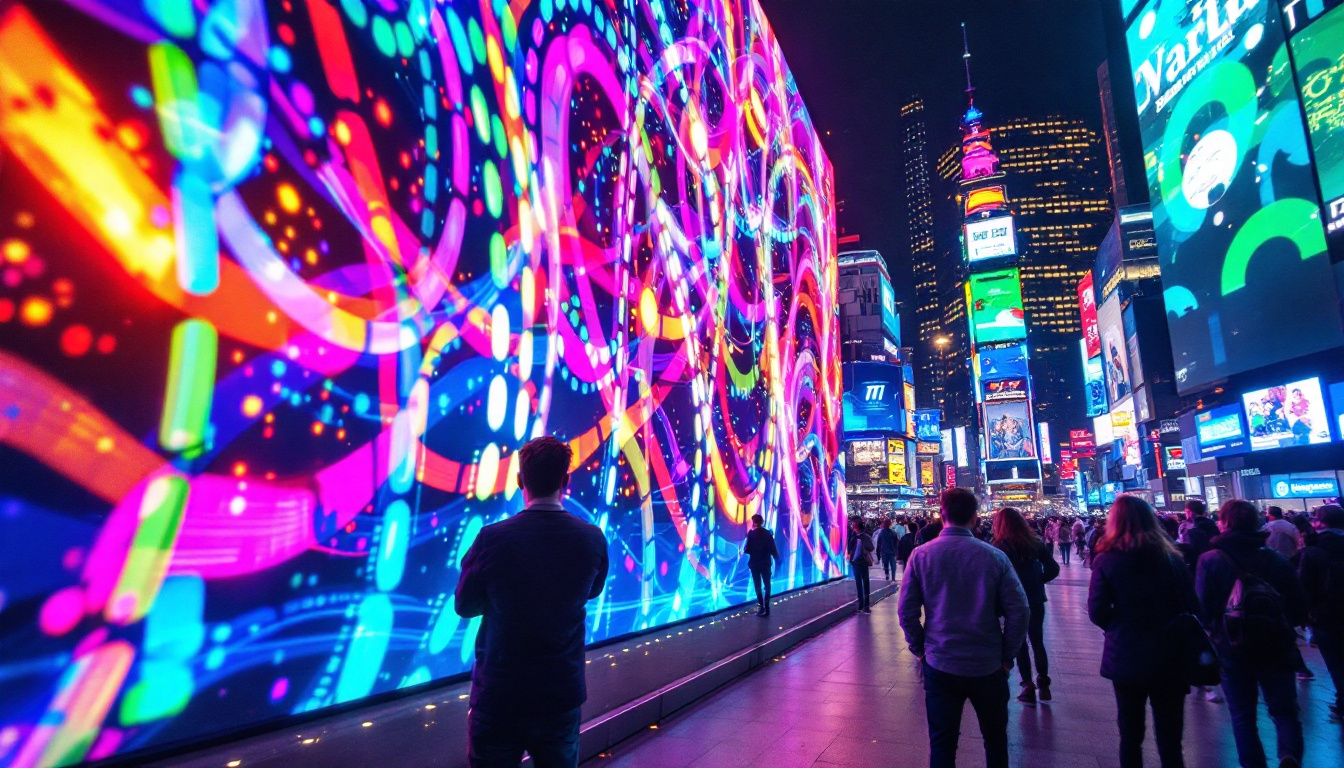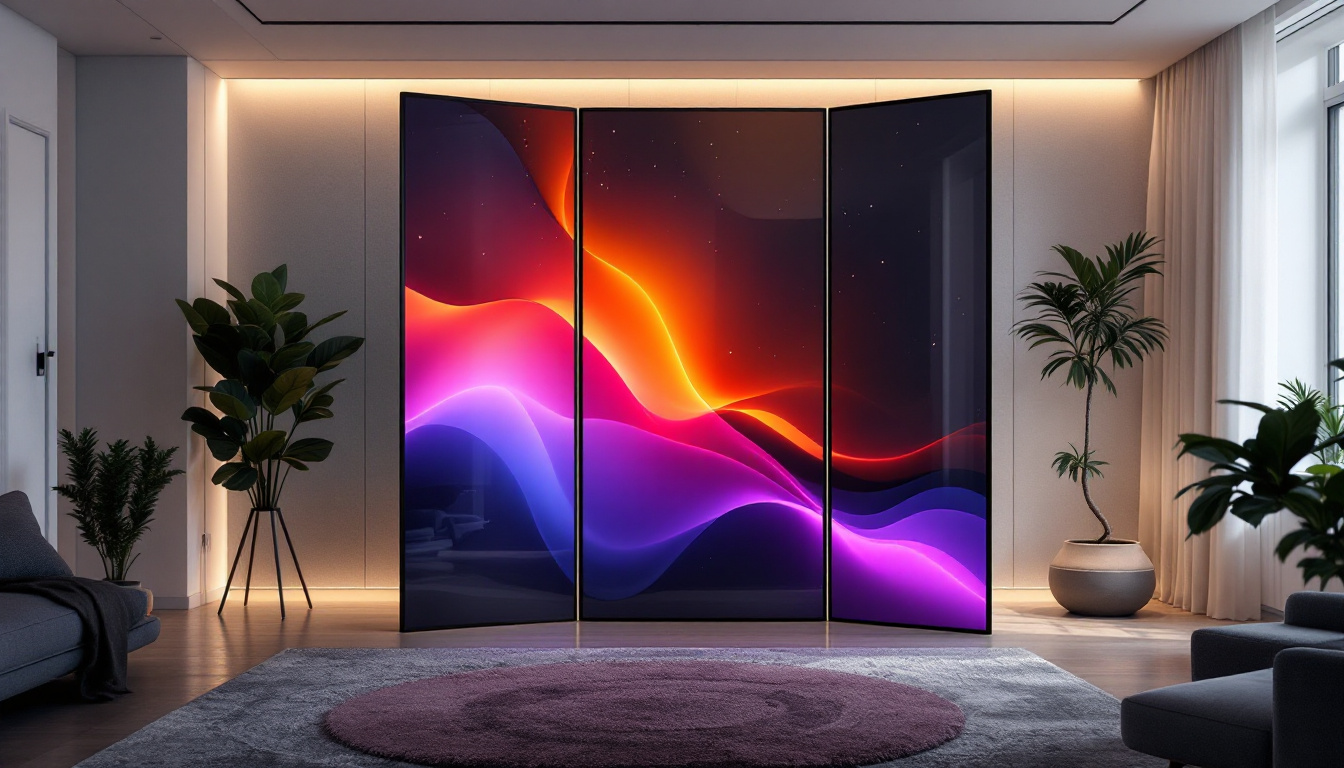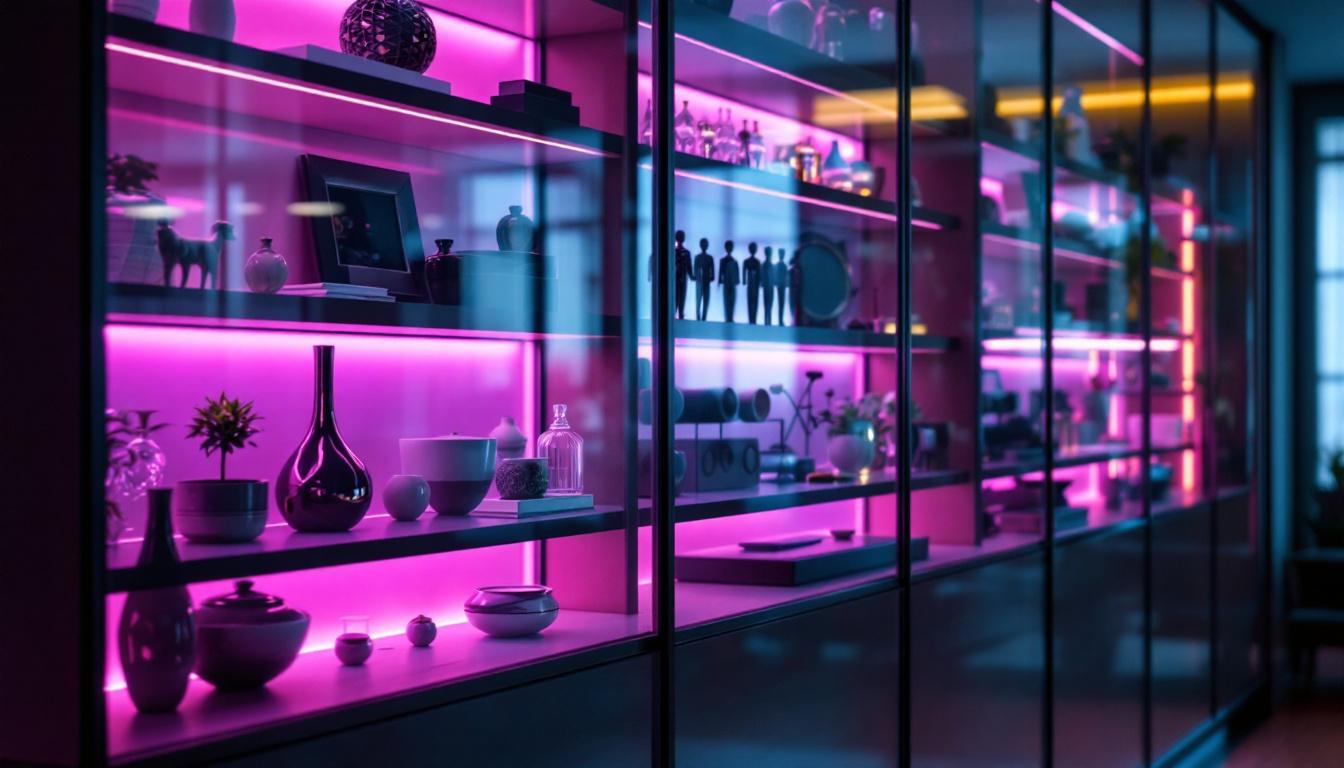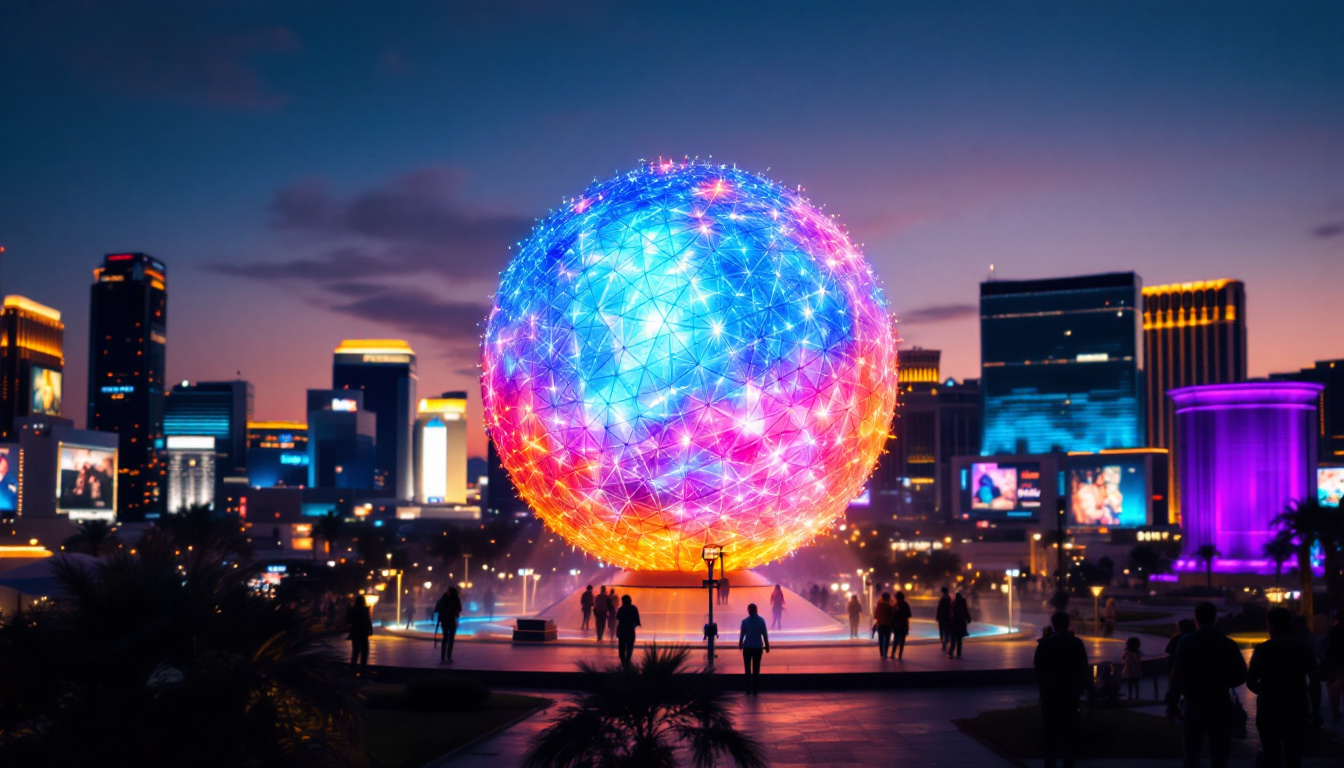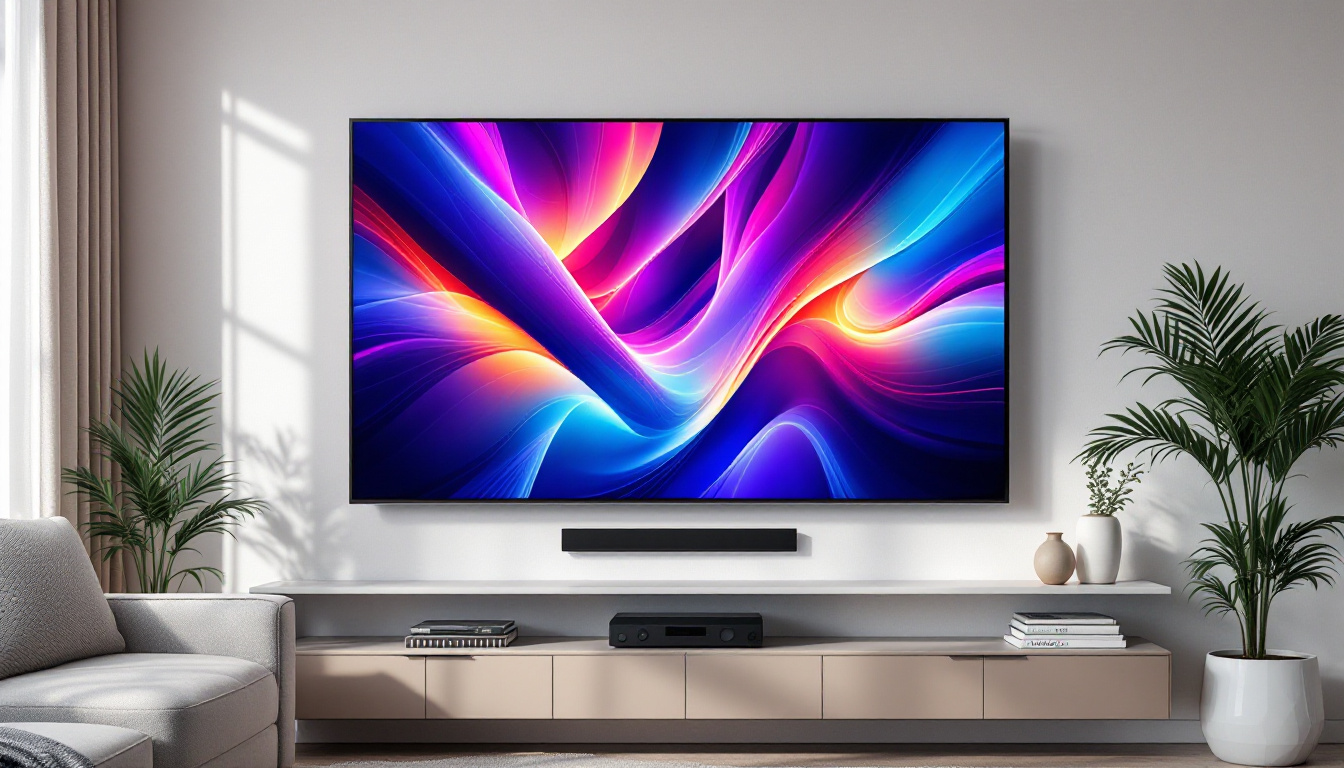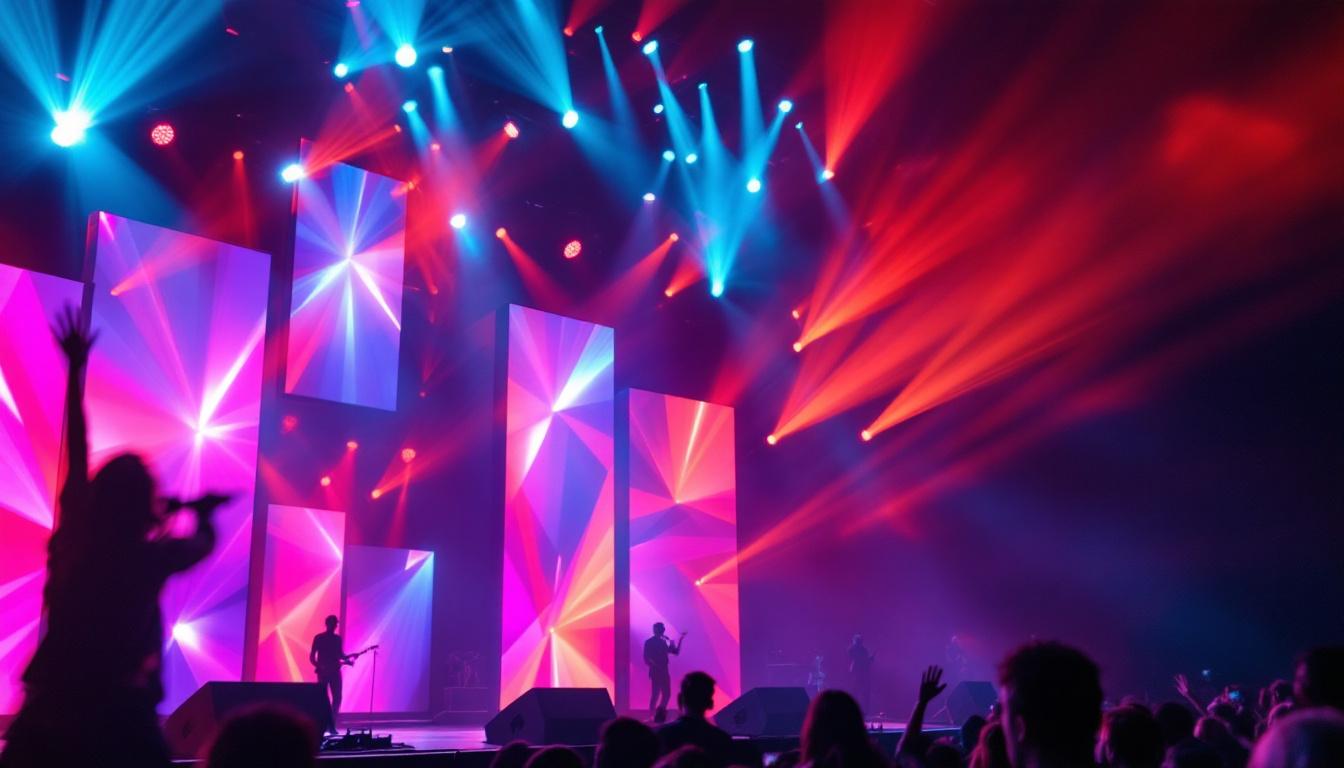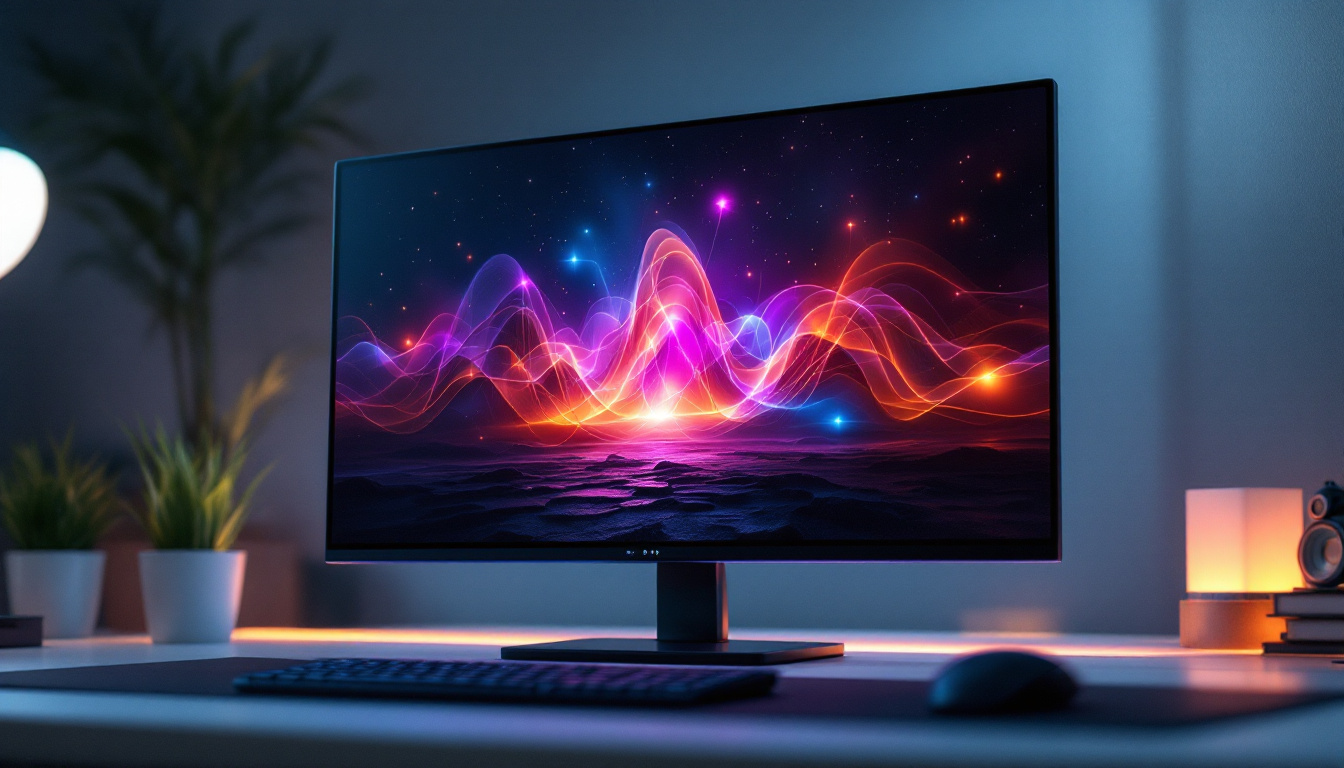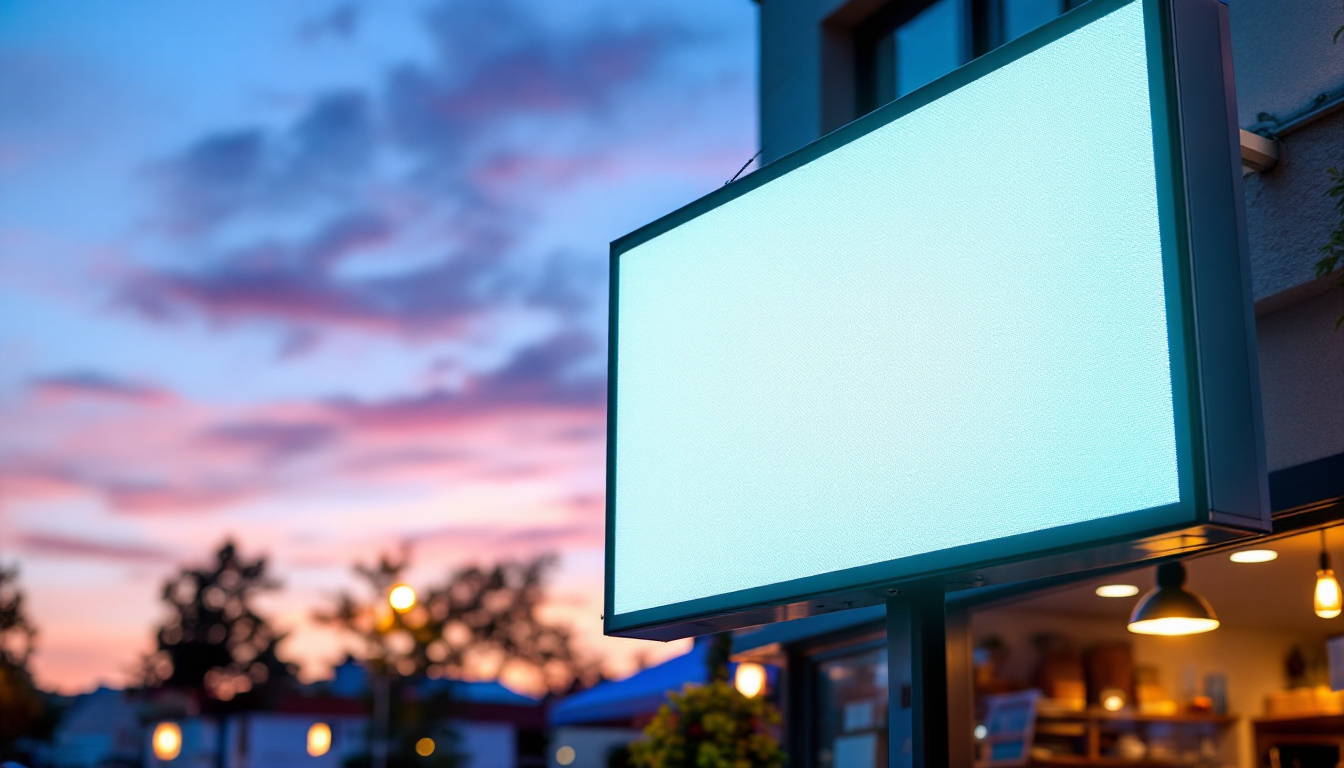In today’s fast-paced technological landscape, the need for efficient and effective display solutions has never been greater. Among the various types of displays available, LED (Light Emitting Diode) technology has emerged as a frontrunner, particularly in the realm of control monitors. This article delves into the intricacies of LED displays, their advantages, applications, and how they are revolutionizing the way we interact with information.
Understanding LED Technology
LED technology has transformed the display industry by providing a brighter, more energy-efficient alternative to traditional display technologies such as LCD and CRT. At its core, an LED display utilizes semiconductor diodes that emit light when an electric current passes through them. This simple yet effective mechanism leads to numerous benefits, making LED displays a popular choice for various applications. The efficiency of LED technology not only reduces energy consumption but also contributes to lower operational costs over time, making it an attractive option for both consumers and businesses alike.
Moreover, the longevity of LED displays is another significant advantage. Unlike traditional bulbs that may burn out or dim over time, LEDs can last for tens of thousands of hours, which means less frequent replacements and reduced waste. This durability is particularly beneficial in settings where displays are used continuously, such as in airports, shopping malls, and outdoor advertising. As a result, the shift towards LED technology is not just a trend; it represents a sustainable approach to modern display solutions.
How LED Displays Work
The operation of an LED display is based on the principles of electroluminescence. When electricity is applied to a diode, it emits light. In an LED display, thousands of these diodes are arranged in a grid to create images and text. The color of the emitted light depends on the materials used in the diode, allowing for a wide spectrum of colors to be produced. This capability enables LED displays to produce vibrant, high-contrast images that are easily visible even in bright daylight, making them ideal for outdoor use.
LED displays can be classified into two main categories: direct view and backlit. Direct view displays consist of individual LEDs that form the entire image, while backlit displays use LEDs to illuminate an LCD panel. Each type has its own set of advantages and applications, making them suitable for different environments. For instance, direct view LED displays are often used in large-scale video walls and digital signage, where seamless visuals are essential, while backlit displays are commonly found in televisions and computer monitors, offering a balance between color accuracy and energy efficiency.
Key Components of LED Displays
Understanding the components of LED displays is crucial for grasping their functionality. The primary components include:
- LEDs: The heart of the display, responsible for producing light.
- Driver Circuitry: Regulates the power supplied to the LEDs, ensuring consistent brightness and color accuracy.
- Control System: Manages the input signals and determines how the display responds, allowing for dynamic content changes.
These components work in unison to deliver high-quality images and information, making LED displays a versatile choice for various applications. Additionally, advancements in technology have led to the development of smart LED displays that incorporate features such as touch sensitivity and connectivity options, allowing for interactive experiences. These innovations are paving the way for new possibilities in advertising, education, and entertainment, where engaging and immersive content can capture the audience’s attention like never before.
Advantages of LED Displays
LED displays offer a multitude of advantages that set them apart from traditional display technologies. From energy efficiency to superior image quality, these benefits make LED displays an attractive option for both commercial and personal use.
Energy Efficiency
One of the most significant advantages of LED displays is their energy efficiency. Compared to traditional displays, LEDs consume significantly less power while providing brighter images. This reduction in energy consumption not only lowers operating costs but also aligns with the growing emphasis on sustainability and environmental responsibility.
Brightness and Visibility
LED displays are renowned for their exceptional brightness levels. This attribute makes them particularly suitable for outdoor applications where sunlight can wash out other types of displays. The high brightness ensures that content remains visible even in direct sunlight, making LED displays ideal for billboards, signage, and other outdoor advertising mediums.
Longevity and Durability
LED technology boasts an impressive lifespan, often exceeding 50,000 hours of use. This longevity translates to lower maintenance costs and less frequent replacements, making LED displays a cost-effective choice in the long run. Additionally, LEDs are more robust than traditional display technologies, making them less susceptible to damage from shocks and vibrations.
Applications of LED Displays
The versatility of LED displays allows them to be used in a wide range of applications, from commercial advertising to industrial monitoring. Their adaptability ensures that they meet the diverse needs of various industries.
Commercial Advertising
In the realm of commercial advertising, LED displays have become a staple. Their vibrant colors and dynamic content capabilities allow businesses to capture the attention of potential customers effectively. From digital billboards to storefront displays, LED technology enables advertisers to showcase their products and services in engaging ways.
Moreover, the ability to change content quickly and remotely enhances the effectiveness of advertising campaigns. Businesses can tailor their messages based on time, audience, or even current events, maximizing their reach and impact.
Control Rooms and Monitoring Systems
Control rooms, whether in transportation, security, or utilities, rely heavily on LED displays for real-time monitoring and data visualization. These displays provide operators with critical information at a glance, enabling them to make informed decisions swiftly. The high resolution and clarity of LED displays ensure that even the most intricate data is easily interpretable.
In addition, the ability to integrate multiple data sources into a single display enhances situational awareness, allowing operators to respond effectively to changing conditions. This capability is essential in environments where every second counts.
Entertainment and Events
LED displays have made a significant impact on the entertainment industry, particularly in concerts, sports events, and theatrical productions. Large-scale LED screens provide immersive experiences for audiences, enhancing visual storytelling and engagement.
These displays can be configured in various shapes and sizes, allowing for creative installations that captivate viewers. The flexibility of LED technology means that event organizers can adapt their displays to suit the specific requirements of each occasion, making every event unique.
Challenges and Considerations
Despite their numerous advantages, LED displays are not without challenges. Understanding these challenges is essential for making informed decisions regarding their use and implementation.
Initial Costs
The initial investment for LED displays can be higher than that of traditional display technologies. While the long-term savings due to energy efficiency and longevity are substantial, the upfront costs may deter some businesses from making the switch. However, as technology advances and production processes improve, prices are gradually decreasing, making LED displays more accessible.
Heat Generation
LED displays generate heat during operation, which can affect their performance and longevity if not managed properly. Adequate cooling systems must be in place to dissipate this heat, particularly in large installations. Failure to address heat management can lead to reduced lifespan and potential display failures.
Color Calibration
Achieving accurate color representation on LED displays can be challenging, particularly in multi-display setups. Variations in LED manufacturing can lead to discrepancies in color output, requiring careful calibration to ensure consistency across all displays. This process can be time-consuming but is crucial for applications where color accuracy is paramount.
Future Trends in LED Display Technology
The LED display industry is continuously evolving, with advancements in technology paving the way for innovative applications and improved performance. Keeping an eye on emerging trends can provide insights into the future of this dynamic field.
MicroLED Technology
MicroLED technology represents a significant leap forward in LED display capabilities. By utilizing microscopic LEDs, this technology offers higher resolutions, improved contrast ratios, and enhanced color accuracy. MicroLED displays are also more energy-efficient and can be produced in flexible formats, opening up new possibilities for design and application.
Integration with Smart Technologies
As the Internet of Things (IoT) continues to gain traction, the integration of LED displays with smart technologies is becoming increasingly prevalent. Smart LED displays can connect to various data sources, enabling real-time updates and dynamic content changes based on user interactions or environmental conditions. This integration enhances the overall user experience and allows for more personalized content delivery.
Environmental Sustainability
With growing concerns about environmental impact, the LED display industry is focusing on sustainability. Manufacturers are exploring eco-friendly materials and production processes to minimize waste and reduce energy consumption. Additionally, recycling programs for old displays are becoming more common, promoting responsible disposal and resource conservation.
Conclusion
LED displays have revolutionized the way information is presented and consumed across various industries. Their energy efficiency, brightness, durability, and versatility make them an ideal choice for applications ranging from commercial advertising to control rooms and entertainment venues. While challenges exist, ongoing advancements in technology and a focus on sustainability are paving the way for a bright future for LED displays.
As technology continues to evolve, the potential applications of LED displays will only expand, offering exciting opportunities for innovation and enhanced user experiences. Embracing this technology is not just a trend; it is a step toward a more efficient, engaging, and sustainable future.
Discover LumenMatrix’s Innovative LED Solutions
Ready to elevate your visual communication with the latest in LED technology? LumenMatrix is at the forefront of creating immersive and dynamic visual experiences. Whether you’re looking to enhance your commercial advertising, revamp your control room, or captivate an audience at your next event, our extensive range of LED display solutions—including Indoor and Outdoor LED Wall Displays, Vehicle LED Displays, LED Poster Displays, and more—has you covered. Experience the future of display technology and check out LumenMatrix LED Display Solutions today to see how we can help you make a lasting impression.

